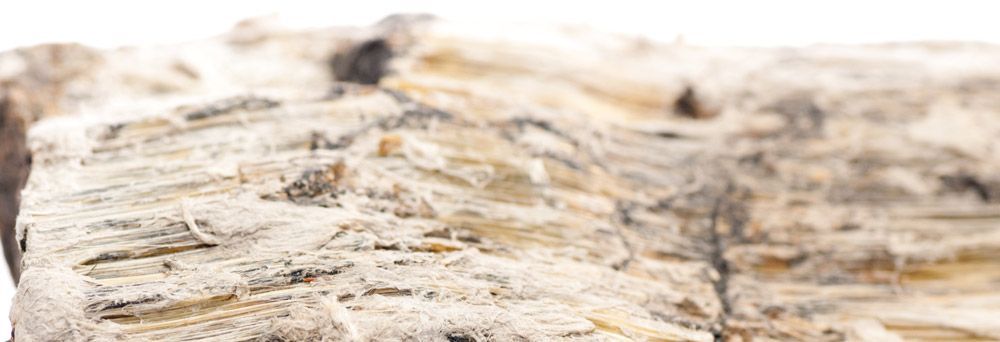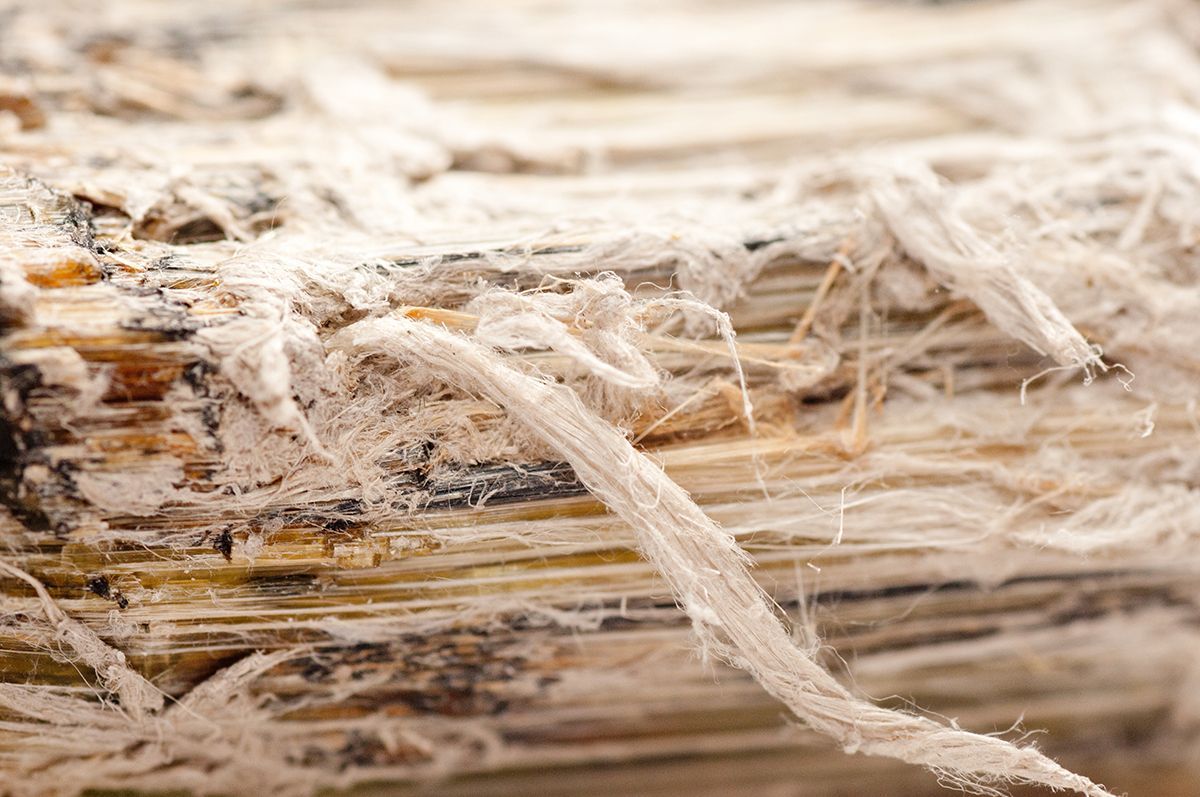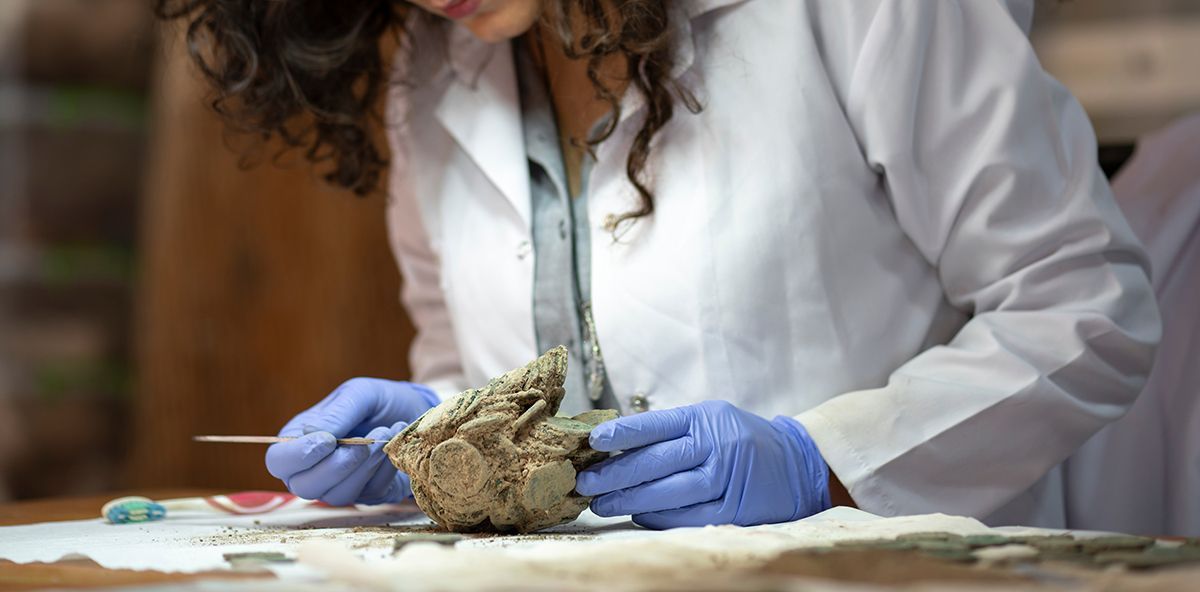How is asbestos removed?
Asbestos, once hailed as a miracle material for its fire-resistant properties and insulating capabilities, is now infamous for its severe health risks. Prolonged exposure to asbestos fibres can lead to life-threatening conditions such as mesothelioma, asbestosis, and lung cancer. To protect human health, asbestos removal is a critical and highly regulated process.
As licensed asbestos removal specialists,
Cordtape Environmental are experts in the complexities and safety requirements involved in the removals of asbestos containing materials, but how do we ensure you are kept safe throughout the process?
Understanding Asbestos
Before we delve into the removal process, it's essential to understand what asbestos is. Asbestos is a group of naturally occurring minerals composed of thin, microscopic fibres. These fibres are strong, flexible, and resistant to heat, fire, and chemicals. As a result, asbestos was used extensively in various construction and industrial applications throughout the 20th century.
However, as the health risks associated with asbestos exposure became evident, its use was drastically reduced. England banned the use of asbestos in 1999. Despite this, asbestos remains present in older structures, posing a risk to those who encounter it.
Asbestos Removal Methods
Asbestos removal is a meticulous process that aims to eliminate the hazardous material while minimising the release of asbestos fibres into the air. Several methods can be used to achieve this, depending on the location, quantity, and condition of the asbestos-containing materials.
Encapsulation:
In some cases, it may be feasible to encapsulate asbestos rather than remove it. This method involves applying a sealant or adhesive over the asbestos-containing material to bind the fibres together, preventing them from becoming airborne. However, this method is not common due to the dangers ACMs pose.
Enclosure: Enclosure is the process of isolating asbestos-containing materials from the surrounding environment. This may involve building a physical barrier or encapsulating the area to prevent the release of asbestos fibres.
Removal:
When encapsulation and enclosure are not viable options, complete removal is necessary. This method requires thorough planning and adherence to strict safety procedures, and is recommended to prevent risk to life.

The Asbestos Removal Process
Asbestos removal is not a DIY project; it must be carried out by trained professionals. Here is an overview of the steps involved in asbestos removal:
1. Site Assessment:
Before any work begins, a thorough inspection of the site is conducted to identify all asbestos-containing materials (ACMs). This assessment helps determine the extent of ACMs in the building, the removal process necessary and the level of safety precautions required.
A professional Asbestos Survey is the safest way to discover how intrusive the work will need to be, and how to prevent disturbance to both the materials, and your life. It also allows for identification of the type of asbestos present.
2. Safety Precautions:
Following an initial
asbestos survey and sampling, asbestos removal workers will be sent to the site with the appropriate protective gear, including respirators, coveralls, and gloves, to prevent exposure to asbestos fibres.
A thorough risk assessment is necessary to compile a management plan in accordance with HSE guidelines. This will dictate the method of removal required and identify who may be at risk of exposure.
3. Isolation:
The work area is isolated to prevent the spread of asbestos fibres to other parts of the building. This involves sealing off doors, windows, and ventilation systems using polythene and other materials to keep the asbestos contained in the area of removal.
4. Wetting:
Asbestos is most hazardous when it becomes airborne. To prevent this, asbestos-containing materials are wetted down using controlled methods to keep the fibres from becoming airborne during removal.
Using a sealant, injection and spraying can all reduce the number of asbestos fibres released into the air.
5. Removal:
Following control methods, asbestos-containing materials are carefully removed, taking extra precautions to minimise the disturbance and breakage of the material. Specialised tools and equipment are used to cut, pry, and dismantle the asbestos-containing components.
6. Cleaning and Decontamination:
Once the asbestos is removed, the area is thoroughly cleaned to ensure that no asbestos fibres remain. Decontamination procedures are followed to prevent asbestos from being carried outside of the work area and protect both human life and the surrounding environment.
7. Waste Disposal:
Asbestos waste is sealed in specially marked containers and transported to a licensed disposal facility. It is crucial that the disposal process complies with legal regulations.
The area must then be decontaminated to remove asbestos residue.
As we hold a 3 year HSE Licence, Cordtape Environmental is trusted to deliver all aspects of Non-Licensed and Licensed
Asbestos Removal for all sectors, nationwide.
8. Inspection:
UKAS accredited
asbestos removal specialists will monitor the site of ACMs to determine whether the area is safe for reoccupation following removal. This includes air testing, thorough analysis and removal of the sealed enclosure.
Regulatory Guidelines and Compliance
The removal of asbestos is highly regulated to protect the health and safety of workers and the general public. Regulations and guidelines may vary from one region to another, but they typically include:
Licensing: Asbestos removal contractors and workers must obtain proper licensing and certification, demonstrating their competence and adherence to safety standards.
Notification: In many jurisdictions, those planning to remove asbestos must notify local authorities and follow specific procedures before starting the work.
Training: Workers involved in asbestos removal must undergo specialised training to handle asbestos safely.
Air Monitoring: Continuous air monitoring is conducted during asbestos removal to ensure that asbestos fibre levels remain within acceptable limits.
At
Cordtape, we can assist you in locating and identifying Asbestos Containing Materials with our
Asbestos Survey and Sampling service. If we do locate the presence of asbestos, our
Asbestos Removal team will extract it from your premises in accordance with Control of Asbestos Regulations 2012. Our team is fully qualified to manage all aspects of asbestos assessment, removal, refurbishment and waste management.




